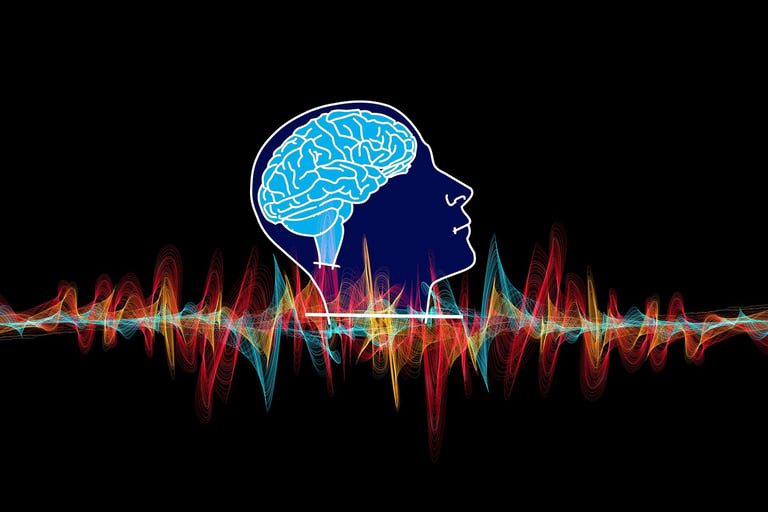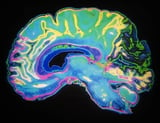Breakthrough Optical Tech Unveils New Brain Waves, Paving Way for AI Advancements
July 17, 2025
A Stanford-led research team has developed innovative optical technology that significantly enhances real-time imaging of brain wave activity in mice, marking a major step forward in neuroscience and artificial intelligence research.
This new optical system, detailed in the journal Cell, uses genetically engineered voltage indicators and advanced instruments to visualize neural activity more clearly than traditional electrode methods.
Building on over a decade of optical technique development, including the TEMPO method, the team introduced two new instruments: a highly sensitive fiber optic sensor and an optical mesoscope capable of imaging large areas of the mouse neocortex.
The team identified three novel brain wave types moving in unprecedented ways, expanding the understanding of how neural signals propagate across different brain areas.
According to senior author Mark J. Schnitzer, the new instruments enable visualization of brain waves sweeping across the cortex with cell-type specificity, allowing for detailed insights into neural dynamics.
Among the discoveries are two types of beta waves associated with alertness that travel perpendicularly, and a theta wave linked to memory processing that moves bidirectionally, suggesting new insights into neural circuit reorganization.
These groundbreaking findings open new avenues for exploring brain dynamics and have potential applications in bio-inspired AI, with researchers emphasizing that much remains to be uncovered in this field.
The discovery of a directional theta wave that may 'backpropagate' hints at mechanisms similar to those used in AI learning models, offering deeper insights into neural synchronization and circuit reorganization.
While promising, further research is necessary to explore the full implications of these findings, which could significantly impact neuroscience and AI development.
These tools allow researchers to observe multiple brain regions simultaneously, revealing previously unseen types of brain waves and providing a broader understanding of wave propagation across the brain.
Summary based on 2 sources
Get a daily email with more AI Research stories
Sources

Medical Xpress • Jul 16, 2025
New tech for imaging brain waves could advance disease research, AI
News-Medical • Jul 17, 2025
New tech could revolutionize neurodegenerative disease research and AI